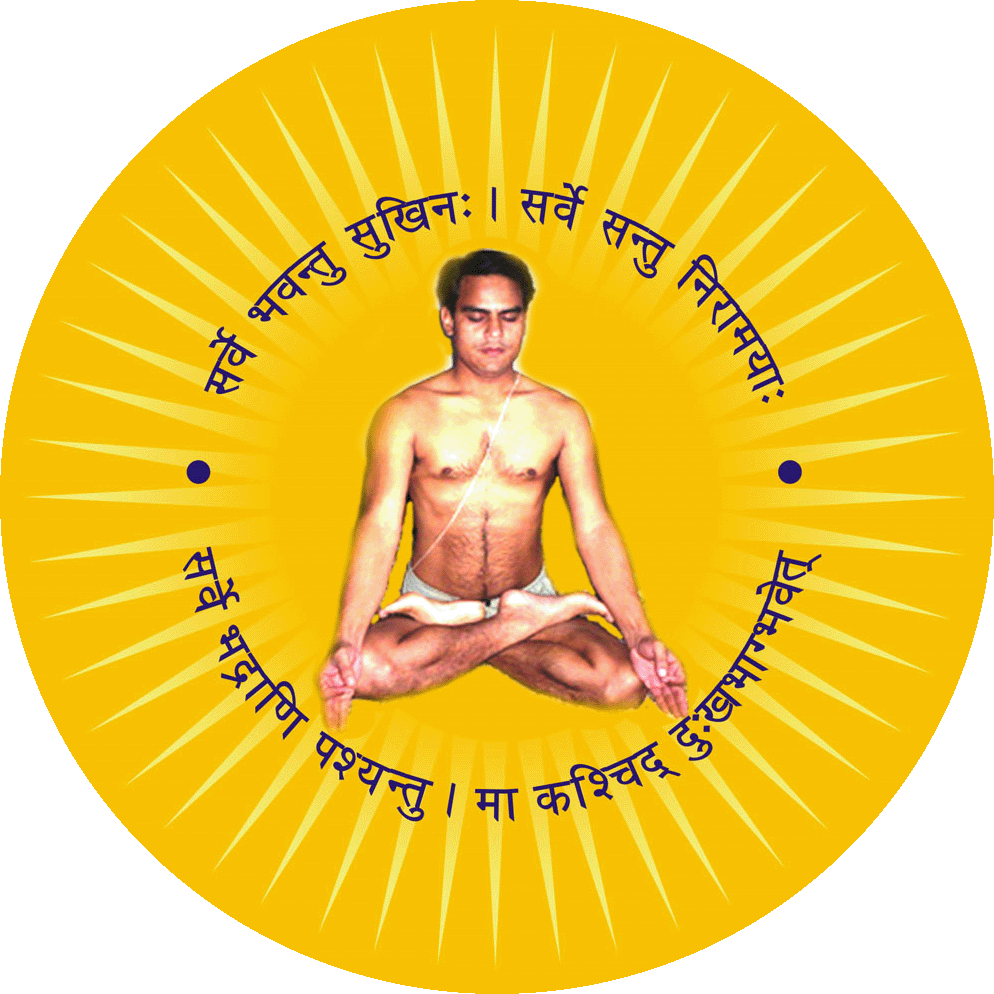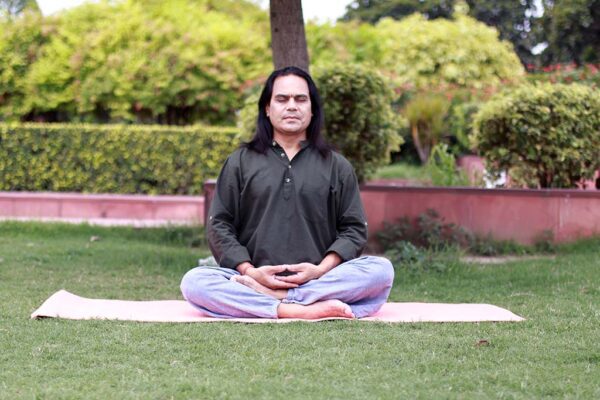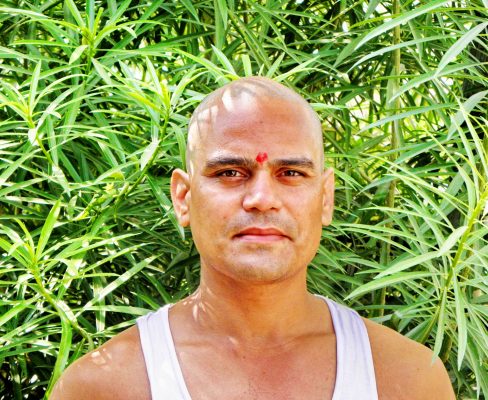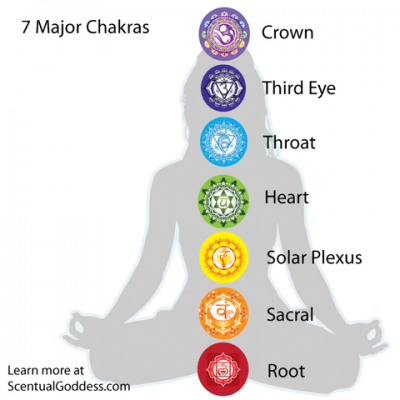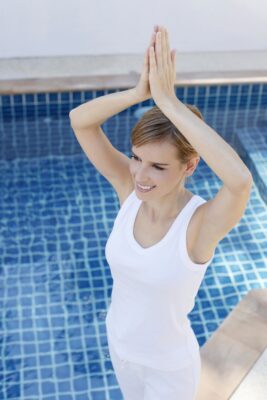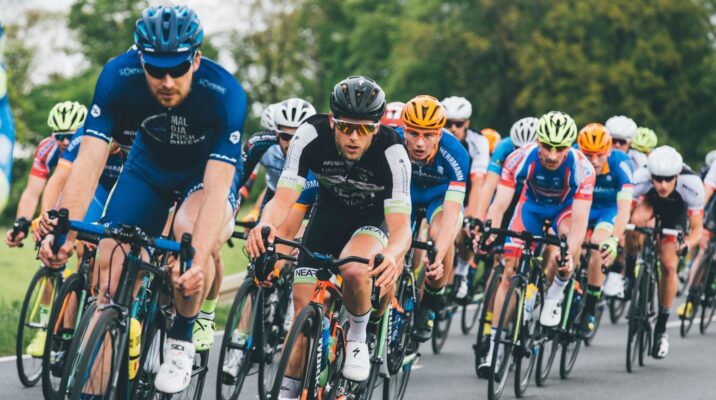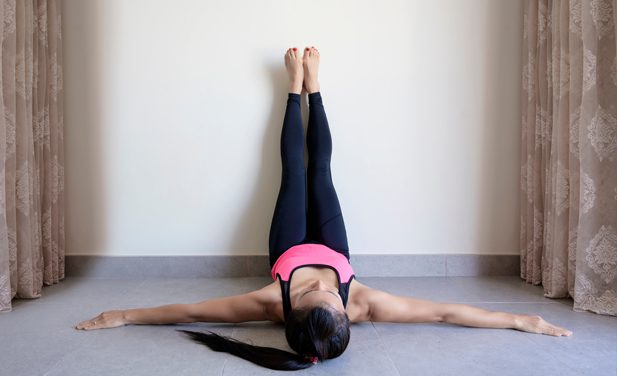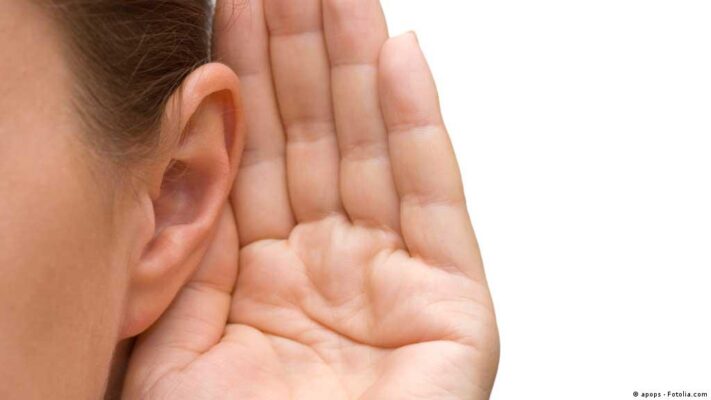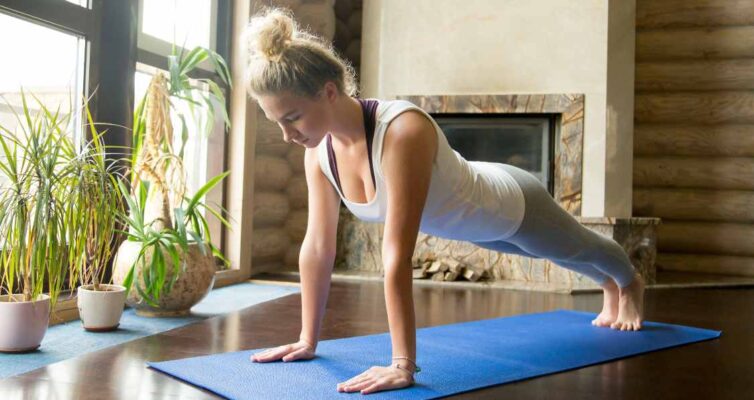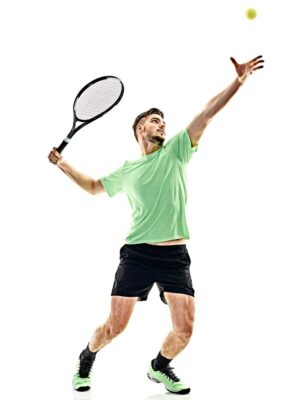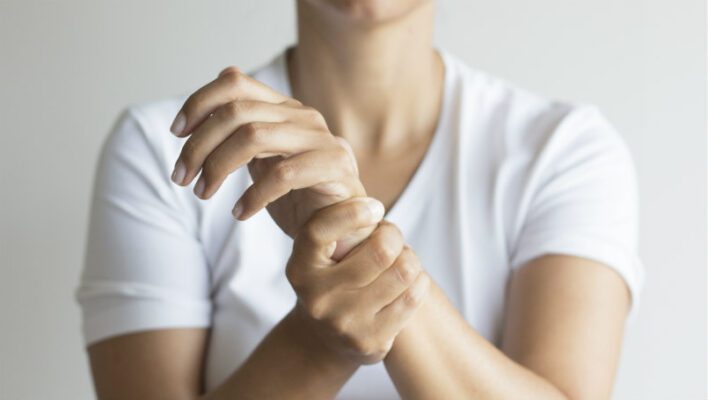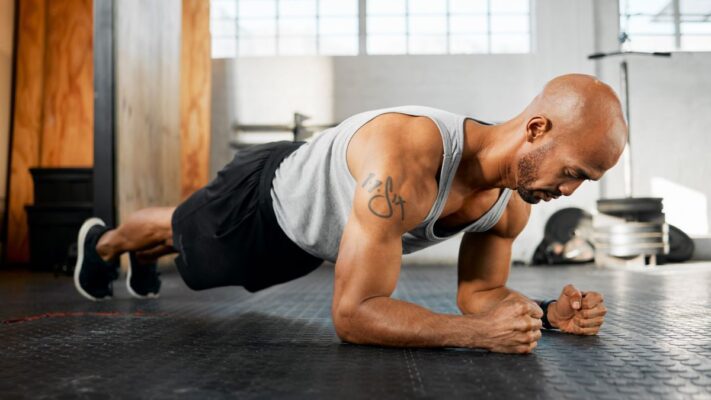There are several different types of pranayama, including Ujjayi, Sheetali, Sama vritti, and Anulom-vilom. They should practice each of these while the practitioner sits upright, with their spine straight.
Types of Pranayama: Anulom-vilom
Anulom-Vilom is a type of pranayama breathing technique used to purify the body. Its practice can be done in various ways and is beneficial for multiple physical conditions. For beginners, it is best to practice anulom vilom for three to four minutes and gradually increase the duration—practice anulom vilom in combination with your yoga or meditation routine for optimal results.
While anulom-vilom is suitable for most people, it should not practice by people with cardiovascular or respiratory conditions. It should only perform under the guidance of a qualified yoga teacher. People with chronic heart conditions and hypertension should consult a medical professional before beginning a pranayama practice.
The Anulom-Vilom breathing technique involves alternate nostril breathing. Inhale through your nose, hold for approximately two seconds, and exhale through your mouth. Your exhale should last for around 20 seconds. You should consider pursuing advanced training if you can do this practice without holding your breath. It is also beneficial for people with asthma and other respiratory issues.
Anulom-Vilom is easy to learn and practice. To perform it correctly:
- Sit comfortably in Padmasana.
- Close your right nostril using your thumb.
- Close your left nostril using your middle finger. Your left hand should rest on your left knee.

Types of Pranayama: Sheetali Pranayama
There are many different types of pranayama, each designed to improve various aspects of the body. Sheetali breathing is a soothing technique that helps reduce the nervous system’s excitement and spasticity. It also regulates the flow of life through the body. It is beneficial for people who are experiencing a stressful situation. It can also help with eye issues such as chronic glaucoma and cataracts.
This technique is best done on an empty stomach, or at least three to four hours after a meal. Participants should also ensure they do not drink any water before performing this pranayama. The research team will supervise the practice. Once the participants have settled down, they will sit in a Lotus posture with an upright spine. They should rest their hands on their knees and repeat this exercise three to twenty-one times. Those who cannot roll their tongue can perform a flat tongue version of the practice called Sheetkari.
In addition to calming the nervous system, Sheetali Pranayama can help people overcome depression and improve their moods. It has also had seen to enhance concentration and memory. Performing sheet pranayama regularly can help prevent the onset of insomnia and help individuals manage stress and irritability. It can also help keep the digestive system functioning properly, assisting people in curing stomach-related ailments.
Types of Pranayama: Sama vritti Pranayama
Sama Vritti Pranayama is a simple and powerful relaxation technique they can use anywhere. Its benefits include reducing stress, increasing energy and concentration, and improving digestion. It is also known as equal breathing, four-part breathing, three-part breathing, and Dirgha Shvasam.
This breathing technique is an effective way to balance inhalation and exhalation. The breath retention aspect is the most challenging part of this exercise; if done incorrectly, it can cause various problems. They will not recommend this practice to beginners. It is best to seek medical advice for those with certain health conditions before trying this exercise.
Sama Vritti is a Sanskrit term that means “similar fluctuations.” It is an effective way to calm the mind by smoothing out fluctuations in mind. It is one of the Eight Limbs of classical yoga—practitioners of yoga practice the technique to improve their physical and mental well-being and attain spiritual enlightenment.
A similar technique, Ujjayi pranayama, can also increase parasympathetic nervous system activity. A study published in the National Journal of Physiology, Pharmacy, and Pharmacology in 2017 found that this practice increased parasympathetic activity, which mediated deep meditative states. As the parasympathetic activity increases, it allows the prana to flow more freely and promotes he

Types of Pranayama: Ujjayi Breathing Pranayama
There are several types of pranayama, which are breathing exercises that increase awareness and calm the mind. Ujjayi breathing is a type of yoga pranayama that creates a soothing sound and allows you to enter a meditative state. It can also help you synchronize your movements with your breath. It is the most commonly practiced form of pranayama while performing yoga postures. This type of breathing involves inhaling and exhaling through the nose, with the throat constricted slightly. The result is a sound similar to snoring.
The Ujjayi breathing technique causes your throat to contract, regulating blood pressure in the arteries. They had shown this breathing method to reduce stress and tension. The sound created is also beneficial for people with high blood pressure. By practicing Ujjayi breathing, you can reduce stress and anxiety.
When practicing Ujjayi breathing, you should tone the throat by imagining that your glasses had fogged up and hearing a faint hiss as you breathe. It should be a natural process. Make sure to maintain the same toning throughout the process. It would help to keep your mouth closed when practicing this exercise.
Ujjayi breathing is one best done while performing yoga. During yoga poses, your breath should be slow and smooth. You’re likely to strain if your breath is too fast or too shallow. They can cause you to overextend yourself and cause injury. It’s best to practice with the right mindset. You’ll be happier in the end if you practice this breathing technique.
Types of Pranayama: Bhastrika Pranayama
There are several types of pranayama. The Bhastrika Breath Exercise is an essential part of yoga and pranayama. This breath exercise had often referred to as a kriya, or ‘cleansing action,’ and used as a warm-up before performing other pranayama techniques.
This breathing technique helps the body eliminate toxins and increases digestive power when performed correctly. It can best do under the supervision of a health care provider. It can also be beneficial for people who have heart or hypertension. Some of the risks associated with this practice include dizziness and headaches.
You must sit on a mat with your back straight to perform this breathing exercise. Your eyes should be closed. Inhale through your nose and press the tip of your index finger with your thumb. Then, exhale out the other side. He should repeat the process five to ten times. You should stop if you feel dizzy or faint. Some people prefer to hold their breath during each set, but it is not required. For best results, practice this breathing exercise for at least five minutes daily.
Bhastrika Pranayama increases blood flow throughout the body and helps control stress. It also regulates the parasympathetic and autonomic nervous systems. It is an effective way to treat anxiety and improve sleep quality and is a much safer option than medications.
How Does Pranayama Affect the Brain?
There are several possible explanations for this. These include improving lung function, lowering blood pressure, and increasing the filtering capacity of the brain. In addition, pranayama may improve your emotional regulation and attention. The brain’s activity regulates by a complex series of neural pathways, including the amygdala.

Improves lung function
Pranayama (yogic breathing exercises) can see to increase lung function. These exercises stimulate the release of lung surfactants, increasing lung compliance. They also improve chemoreceptor acclimatization. They increase lung capacity and increase the length of breath-holding time.
Studies have shown that pranayama can improve lung function in healthy adults. In a randomized controlled trial, pranayama improved peak expiratory flow rate (PEF) and forced expiratory volume (FEV). In addition, pranayama is simple to learn and can apply in outpatient and inpatient settings.
Lowers blood pressure
Pranayama is a powerful technique to regulate blood pressure. It’s beneficial for people who suffer from hypertension, as it can maintain their blood pressure at an average level and prevent hypertension complications. It can also help people with chronic diseases such as diabetes and high blood pressure.
Pranayama is a breathing technique that encourages smooth breathing. It helps the body to remain in a posture where the spine is straight, the chest is open, and the head is relaxed. This practice can also help reduce high blood pressure caused by stress, as it slows the heartbeat and calms the sympathetic nervous system. It also teaches the muscles to relax deeply.
Improves emotional regulation
Pranayama training will show to help improve emotional regulation. Research suggests that slow breathing techniques activate the parasympathetic nervous system, which is related to a more integrated emotional experience. Yogis have known for millennia that the breath is a powerful means of movement and that a smooth breathing pattern correlates with the smooth flow of the mind.
Studies have shown that pranayama breathing techniques can increase positive affect and decrease anxiety. The researchers found that the practices positively affected brainwave activity in areas of the brain involved in processing emotions, including the amygdala, anterior insula, prefrontal cortex, and anterior cingulate. These changes were also associated with changes in connectivity between the brain’s two hemispheres.

Improves filtering capacity of the brain
Controlled breathing exercises, also known as pranayama, increase the flow of oxygen in the brain. This oxygen nourishes brain cells and helps the mind remain stable and alert. It also improves our focus and mindfulness. Research has shown that pranayama improves executive function and memory. In addition, it improves our central nervous system and filters unwanted toxins.
One of the ways pranayama improves brain function is through increasing the volume of grey matter, or neurons. This portion of the brain is involved in memory, motor control, and muscle coordination. By increasing the amount of grey matter, pranayama can improve memory retention, concentration, and vision. It also reduces stress and anxiety.
Which Pranayama is Best For Skin?
If you want to improve your skin condition, pranayama is the answer. This exercise is known for its healing powers and has helped many people with skin disorders. If you are wondering which one to practice, there are many options. Here are a few that may be helpful
Bhastrika Pranayama
Bhastrika Pranayama is a foundational yoga practice. Many people practice it in studios, ashrams, and health clubs worldwide. However, it is best to speak with a physician who understands pranayama before practicing. It is also essential to practice at a slow pace.
To perform this exercise, the practitioner must keep the body parts straight and breath deeply from both nostrils. Inhaling is essential as it helps oxygenate the blood, which is vital for the major organs in the body. It also calms the mind and balances doshas. For this reason, it is essential to perform this practice regularly.
Anulom Vilom Pranayama
The Anulom Vilom Pranayama is a deep breathing exercise that has many benefits. It clears blocked energy channels, improves eyesight, and calms the mind. Yogis have used this ancient practice for centuries. It is also beneficial for the respiratory system and skin.
This breathing exercise is a great way to clear the sinuses, improve lung capacity, and improve concentration. It also helps purify the blood and increases oxygen levels in the body. It is excellent for reducing stress and managing some medical conditions, including high blood pressure and fluctuating heart rate.

Cobra pose
The Cobra pose is an excellent yoga posture that improves your skin by relieving stress. This posture helps revitalize the skin by providing extra oxygen to the cells and reduces the signs of aging. It also helps to flush toxins from the body.
The cobra pose opens the chest, relieves tension and fatigue, and detoxifies the body. It helps the body absorb extra oxygen and removes toxins, rejuvenating the skin. Keep your knees flat on the floor and your ankles straight to perform this pose.
Parivrtta sukhasana
Parivrtta sukhasa is an excellent warm-up and cooling practice that promotes healthy skin. It helps to relax the head, neck, and back and is a perfect addition to any yoga practice. It is also suitable for digestion and improves stomach and small intestine circulation. Moreover, it promotes the release of toxins from the body.
Parivrtta sukhasa is beneficial to both young and old. This yoga pose helps to stretch and strengthen the back muscles. It also promotes flexibility in the spine. It is an excellent warm-up pose for people who want to move on to more challenging yoga poses.
